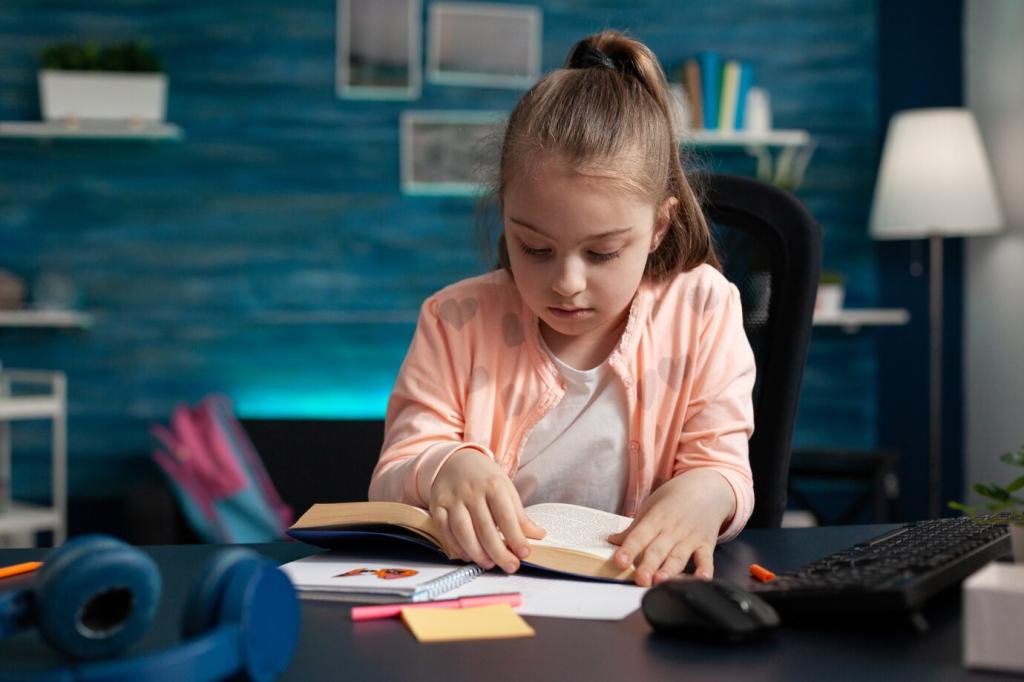Understanding Motor Milestones
Gross motor skills power big movements like crawling, climbing, and jumping. Fine motor skills drive precise actions like pinching, stacking, and drawing. Both develop together through playful repetition. Share a favorite game that builds both, and help another caregiver try it this week.
Understanding Motor Milestones
Every reach, roll, and squat strengthens neural pathways. Practice invites the brain to refine timing, balance, and coordination. Think of play as dialogue: the body asks, the brain answers, then adjusts. Comment with an activity where your child’s second try looked different from the first.





